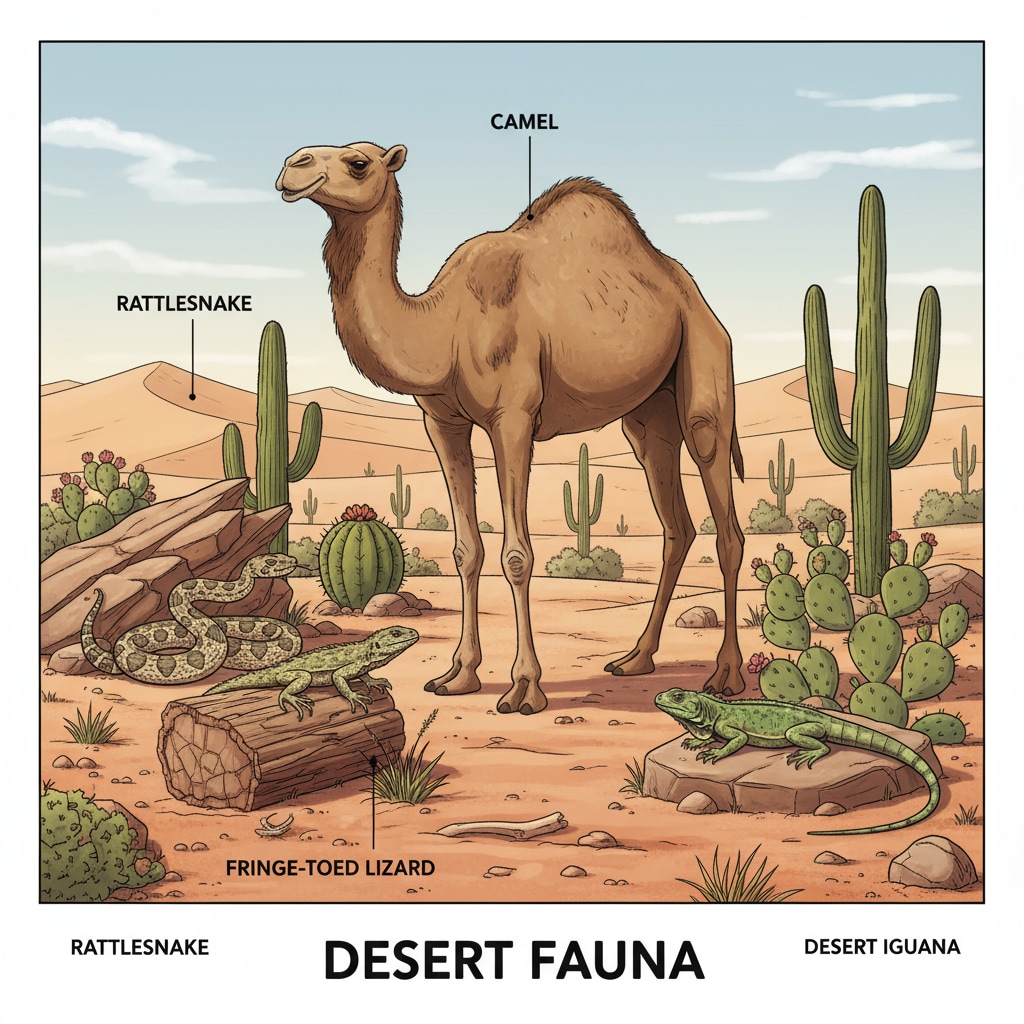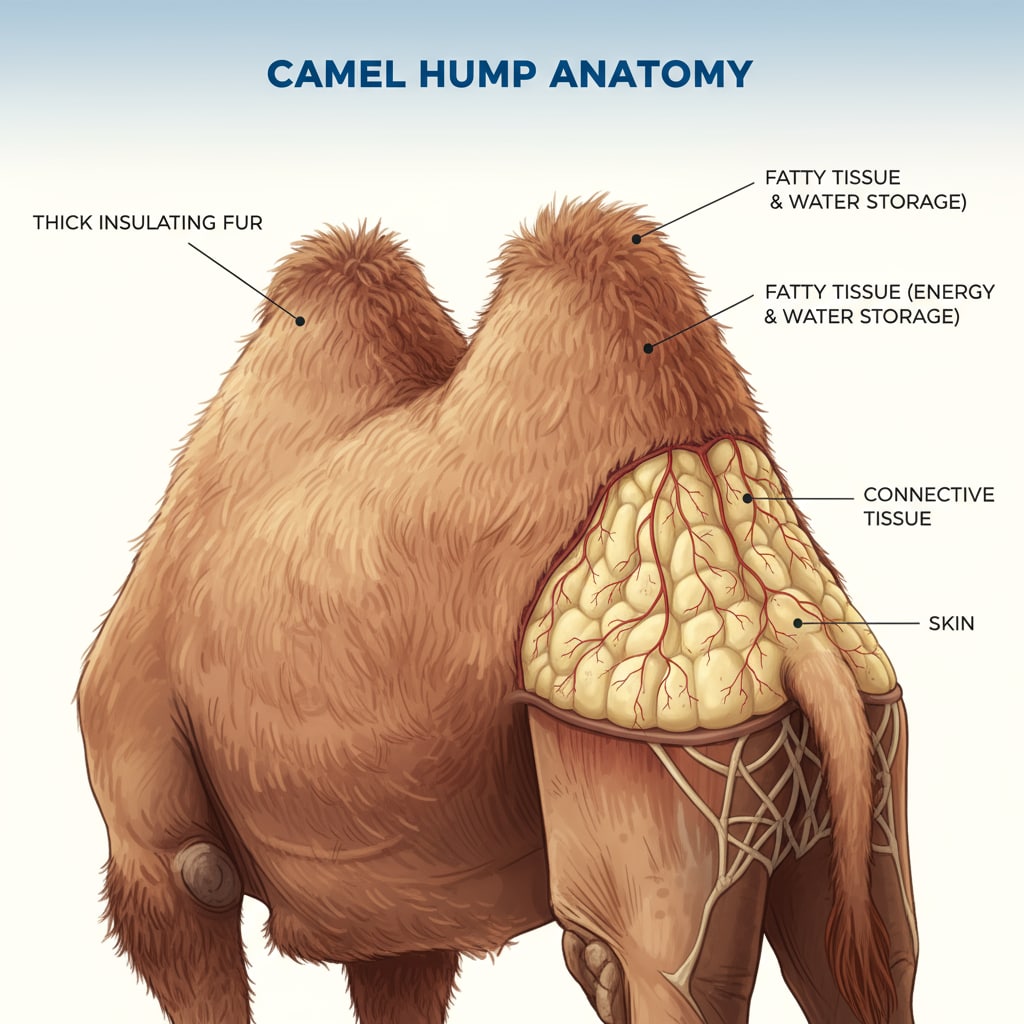Desert animals, with their remarkable survival adaptations and evolution, are a captivating subject in the realm of biology. These unique creatures have developed extraordinary mechanisms to thrive in one of the harshest environments on Earth. In K12 biology classrooms, they can serve as powerful examples to illustrate the concepts of adaptation and evolution.

Physical Adaptations for Survival
Many desert animals have physical features that help them conserve water and withstand extreme temperatures. For example, camels have humps that store fat, which can be metabolized into water and energy during long periods without food or water. Their thick fur also provides insulation against the intense heat during the day and the cold at night. Some desert reptiles, like the horned lizard, have specialized skin that reduces water loss. Camel Adaptations on Wikipedia

Behavioral Adaptations for Survival
In addition to physical adaptations, desert animals exhibit fascinating behavioral traits. Nocturnal behavior is common among them. Creatures such as desert foxes and owls are active at night when the temperatures are cooler. This helps them avoid the scorching heat of the day and reduces water loss through sweating or panting. Some animals also burrow underground during the hottest part of the day. Desert Fox Adaptations on Britannica
These survival adaptations of desert animals are not only amazing but also a result of the long process of evolution. Over time, those individuals with traits better suited to the desert environment were more likely to survive and reproduce, passing on their advantageous genes. In K12 biology classes, teaching about these desert animals can bring the concepts of adaptation and evolution to life.
Readability guidance: By using short paragraphs and lists, we can effectively summarize key points. Each H2 section can be accompanied by a list for better organization. We should also control the proportion of passive voice and long sentences and add transition words throughout the text for better flow.


